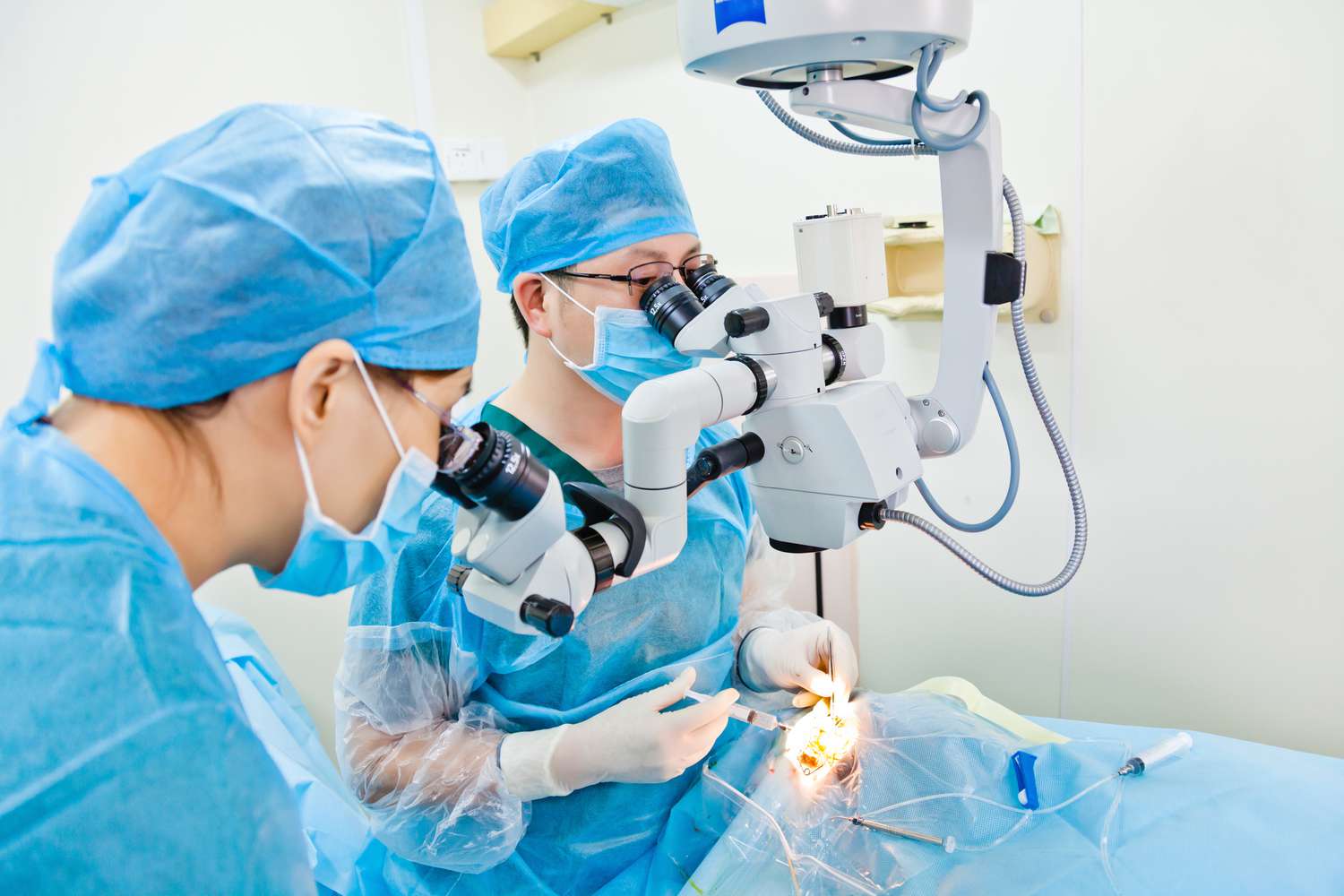Rolling scars are among the most challenging acne-related concerns because they result from deep dermal damage that affects skin structure, not just the surface. Many patients focus on treatments that promise fast results but fail to address the underlying loss of collagen that defines rolling scars.
Aesthetic clinics in the city-state increasingly recommend collagen-stimulating solutions such as Ellansé because they promote long-term structural repair rather than superficial correction. Yet, misconceptions and poorly chosen treatments still prevent many from achieving consistent improvement.
1. Overreliance on Superficial Treatments
One of the most common mistakes patients make is relying solely on superficial skin treatments such as chemical peels, light therapy, or basic facials. While these may improve skin tone or reduce minor pigmentation, they do little to correct the dermal tethering that causes rolling scars. Since these scars sit deep within the dermis, surface-level procedures only produce temporary smoothing that fades once inflammation subsides. The depressed appearance of the scars persists without stimulating collagen production, making the results short-lived.
2. Ignoring Collagen Regeneration as a Core Component
The lack of collagen support is a critical gap in most rolling scar treatment plans. Rolling scars are formed when collagen fibres are destroyed during acne inflammation, leaving indentations that the body cannot naturally fill. Failing to restore collagen means the structural void remains. Treatments that only resurface or exfoliate the skin often neglect this biological requirement. Collagen-stimulating fillers such as Ellansé are specifically designed to address this need. Unlike hyaluronic acid fillers that dissolve quickly, Ellansé contains polycaprolactone microspheres that trigger the body’s own collagen response over time, improving skin density and texture from within.
3. Combining the Wrong Procedures
Another mistake is undergoing multiple unrelated aesthetic procedures without medical coordination. Some patients combine lasers, peels, and microneedling within a short timeframe, expecting faster results. In reality, overstressing the skin can trigger inflammation that delays healing and reduces collagen formation. The correct approach involves spacing procedures appropriately and complementing energy-based devices with collagen-stimulating support. Ellansé, in clinical settings, is often introduced after initial resurfacing to rebuild skin firmness and sustain results. Patients may spend more on treatments that yield minimal or inconsistent improvement without such integration.
4. Expecting Instant Results from Structural Scars
Rolling scars develop over months or years, and reversing them takes time. Patients often abandon treatment too early when they fail to see changes within weeks. However, structural collagen remodelling is gradual, and procedures such as Ellansé in Singapore require several months for visible results as new collagen fibres mature. Expecting immediate smoothness can lead patients to switch treatments unnecessarily or repeat inappropriate procedures that aggravate the skin further. Realistic expectations, guided by a qualified aesthetic practitioner, are essential for effective scar recovery.
5. Neglecting Professional Assessment
A key mistake is attempting self-diagnosis or selecting treatments based on online reviews rather than clinical evaluation. Rolling scars differ from boxcar or ice-pick scars, requiring a tailored approach involving precise depth assessment. Some patients opt for general fillers or laser sessions without considering whether these address the actual scar depth. Professional consultation ensures that treatments such as Ellansé are injected at the right plane and in appropriate quantities to induce optimal collagen synthesis. Patients risk spending on treatments that are either too mild or poorly targeted without professional input.
6. Inadequate Aftercare and Follow-Up
Post-treatment care is another area often overlooked. Collagen formation can be disrupted by poor aftercare habits such as excessive sun exposure, lack of hydration, or the use of harsh skincare products. Following professional advice and maintaining consistent follow-up appointments allows doctors to monitor the collagen-building process and adjust treatment intervals when needed. Sustained collagen stimulation is key to maintaining smoother, firmer skin over time.
Conclusion
Treating rolling scars requires more than surface correction; it demands biological repair through collagen stimulation. Patients who skip this step often face recurring issues or minimal visible change. Modern approaches, including Ellansé in Singapore, provide a structured and medically supported path to restore skin resilience from within. Patients can achieve long-term scar progress and even skin texture without compromising skin health by avoiding rushed, superficial treatments and seeking professional assessment.
Visit Veritas Medical Aesthetics to ensure safe, structured, and lasting skin enhancement today.



